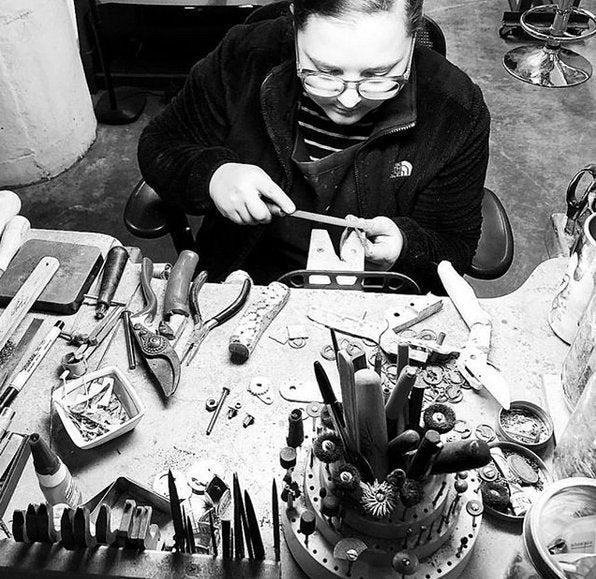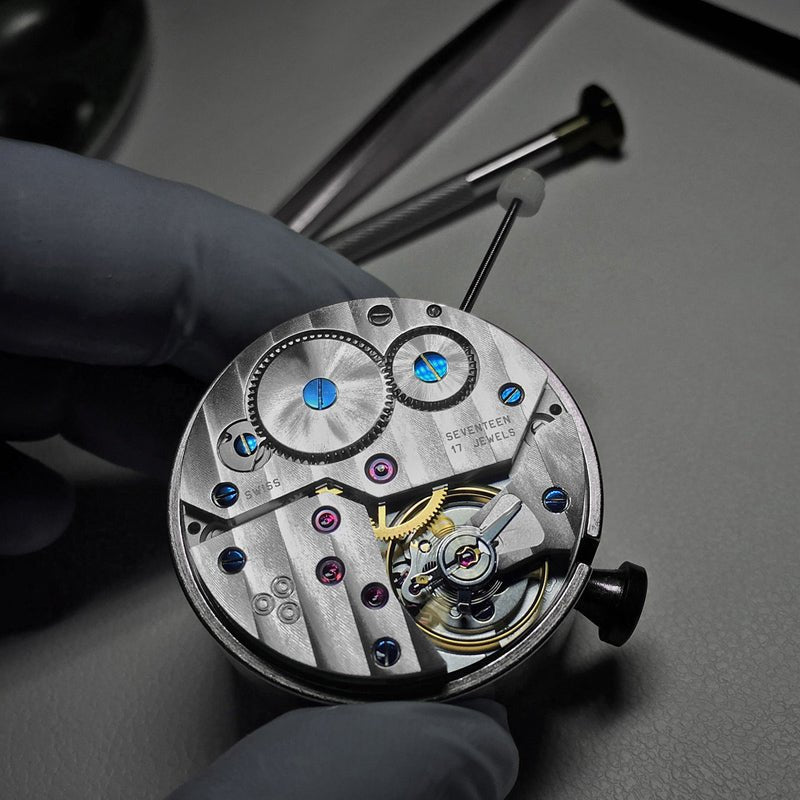The Disappearing Declaration: Preserving the Declaration of Independence
The Disappearing Declaration
Fear for the Declaration of Independence first gripped the public in 1876; not because a treasure hunter tried to steal it, but because the condition of the document deteriorated drastically by the country’s centennial. The people had little access to the document and relied mostly on reprints and public readings unless they could visit the document on display. In celebration of its 100th birthday, the Declaration was exposed to thousands of visitors while on display in Philadelphia. However, the public soon saw firsthand how faded and distressed this defining document had become. Demand for prints of the Declaration skyrocketed upon the event of the U.S. Centennial celebrations, as well as out of fear that those famous words would fade to nothing and be lost to history.
1865 Drafting the Declaration of Independence, after Peter Frederick Rothermel
During the revolutionary years, and shortly after, the Declaration of Independence had no permanent home. For safety’s sake, it was moved around often, rolled, and folded, which resulted in bits of the original ink flaking off. These same fold lines are still visible today on the original Declaration. The original iron-gall ink used by Timothy Matlack darkened as he penned the document and the iron oxidized, but over time the ink browned and faded naturally. Thus, the document became increasingly difficult to read and comprehend with age.
1877 Declaration of Independence Foldout published in a book commemorating the centennial celebrations
By 1820, damage was already apparent. President John Quincy Adams commissioned an exact replica of the Declaration, to be displayed instead of the original. Conservators believe a wet-press technique was used to create the precise engraving. This involves pressing a dampened cloth directly onto the paper, allowing some of the original ink to transfer onto the cloth and thus creating an exact replica in an engraving stone. While Adams had good intentions, the process removed enough ink to alarm future generations.
The Declaration was also never removed from display to be protected from hazardous conditions. From 1841 until it’s 100th birthday in 1876, the Declaration was on display in the Patent Office Building in Washington D.C., all the time being exposed to light and damaging humidity.
Preserving the Words of the Nation
The United States centennial celebrations both put stress on the historic manuscript and highlighted its desperate need for preservation. Patriotic events encouraged the production of personal copies of the Declaration, but when the manuscript traveled to Philadelphia, people could see the damage first-hand and suddenly, there was a national concern.
Throughout the next 60 years, various committees were called by presidents to discuss possible actions to preserve the document. However, there is a fine line between preserving information and maintaining authenticity. For example, one suggestion was to carefully re-ink the document and preserve the words. However, this would in turn cause some of Matlack’s original handwriting to be lost, and the signatures of the men who signed it would suffer the same fate. The suggestion was rejected and the document remained on permanent display until 1894 when it was locked away under an opaque lid.
1850s Declaration of Independence and Portraits of the Presidents, Illman and Sons
In 1924, the Declaration of Independence went back on display at the Library of Congress after much deliberation. Apart from a brief period during WWII when the Declaration was hidden for safety, it has remained on view ever since and now resides in the National Archives. Conservators labored over how to both protect the work and allow the very people it concerns to see it. They agreed to display it, but to keep it in a specially-made container, monitoring the air quality, temperature, and humidity. To prevent further fading, the Declaration is set behind light filtering glass, very similar to the archival framing glass we at The Great Republic use for our own works.
The Declaration of Independence has survived for over 200 years, but not without its scars. From folds and fading to even a hand print in the lower left corner, this impressive manuscript is well-worn. But thanks to conservators and the concern of the people, our Declaration is both safely housed and on view to the public.








